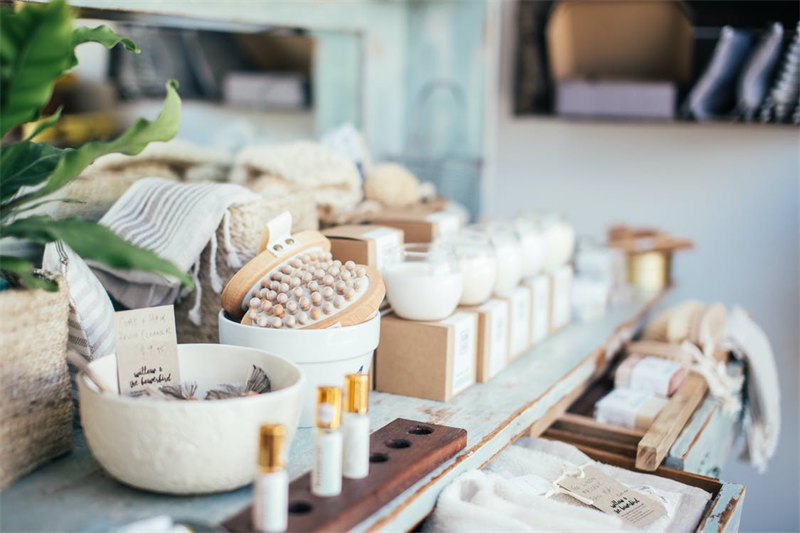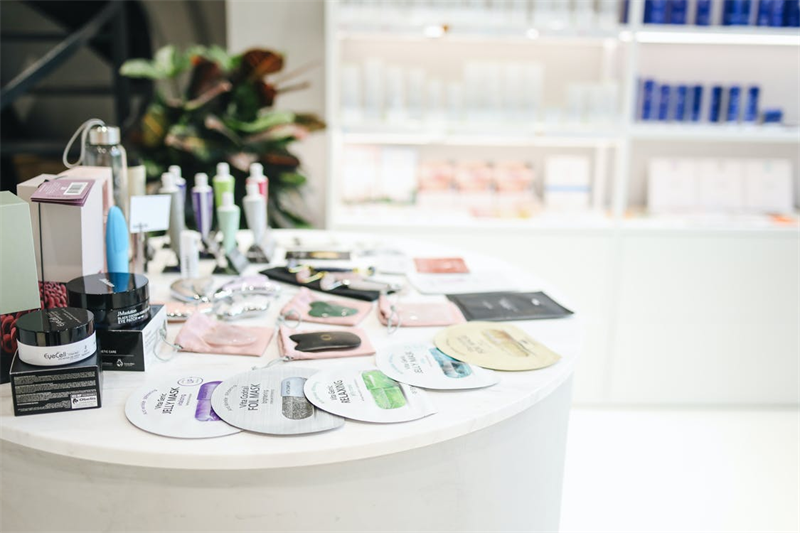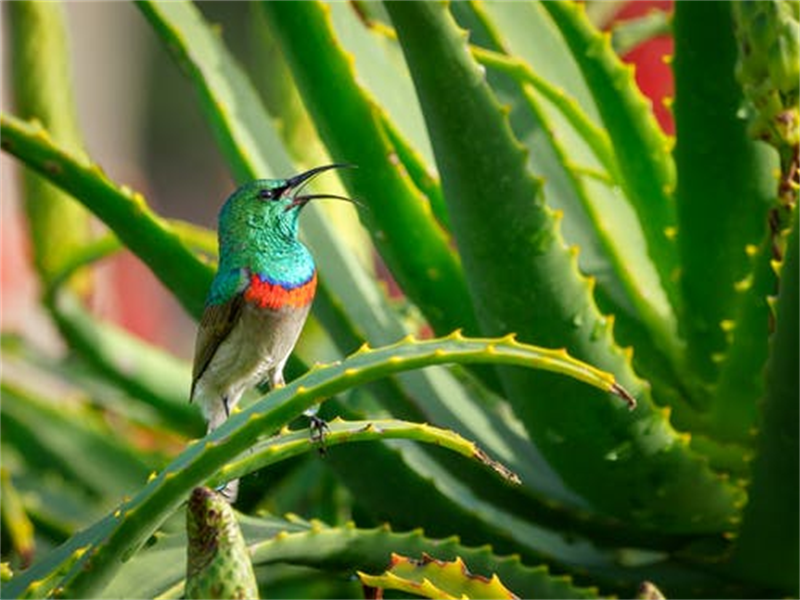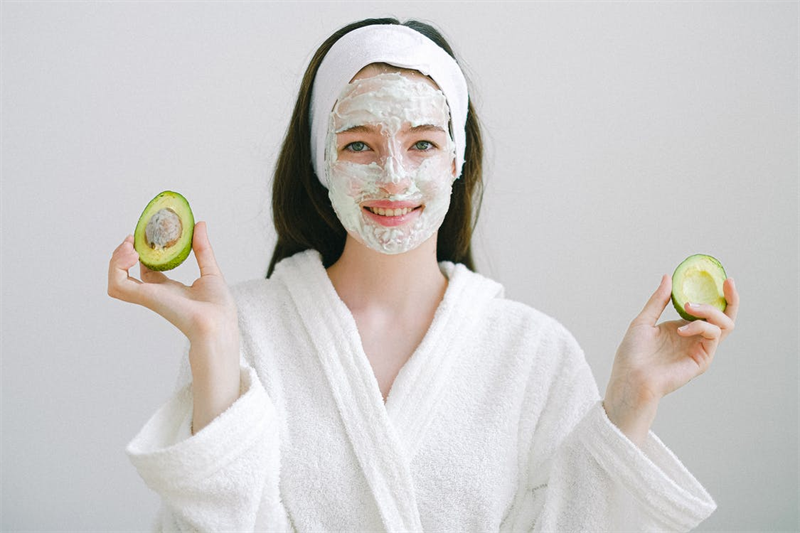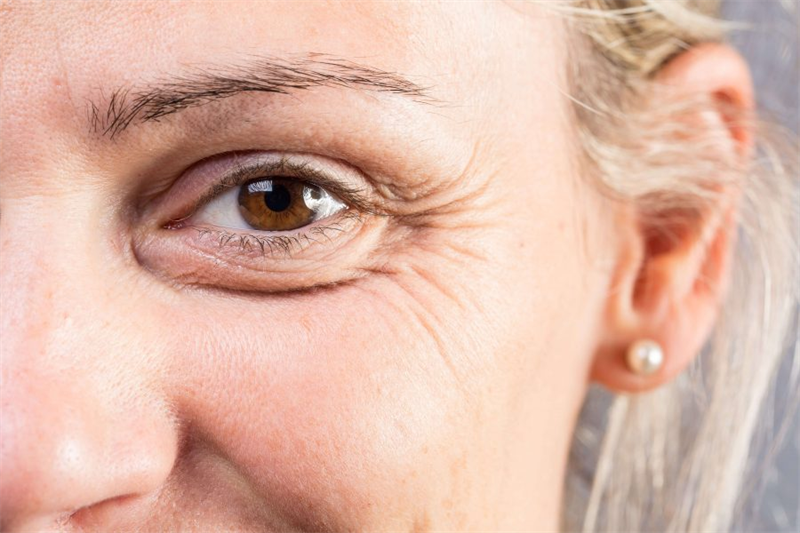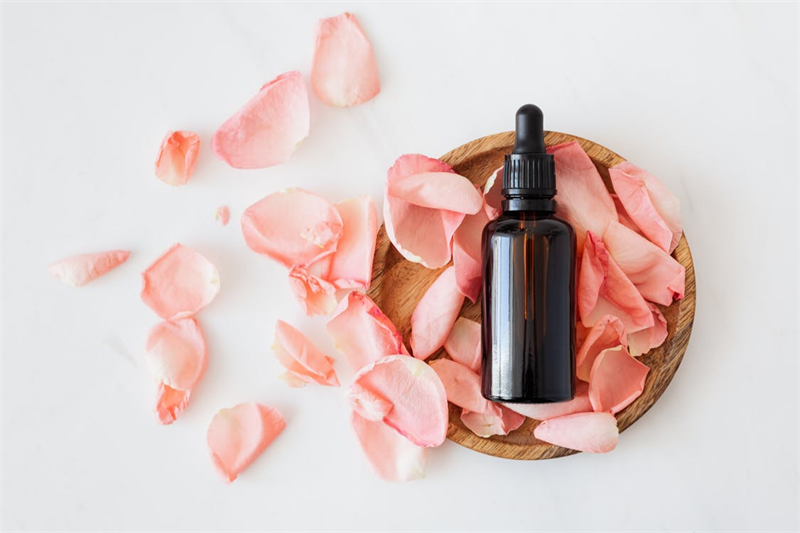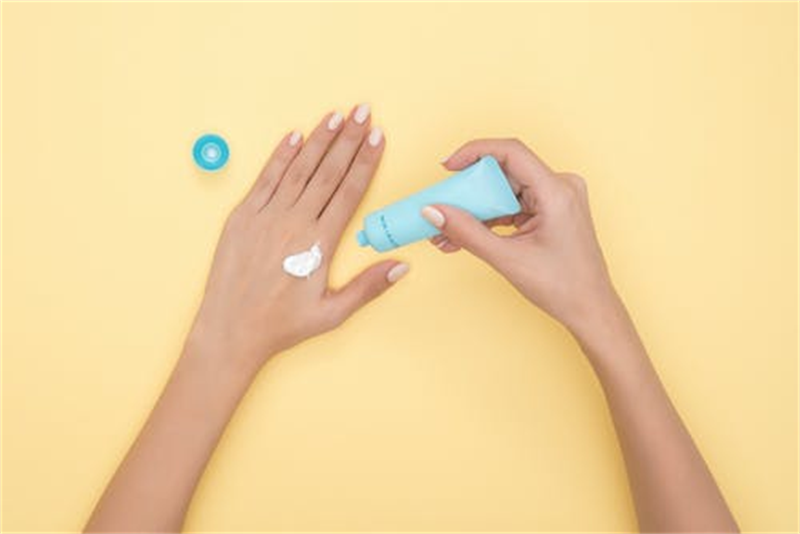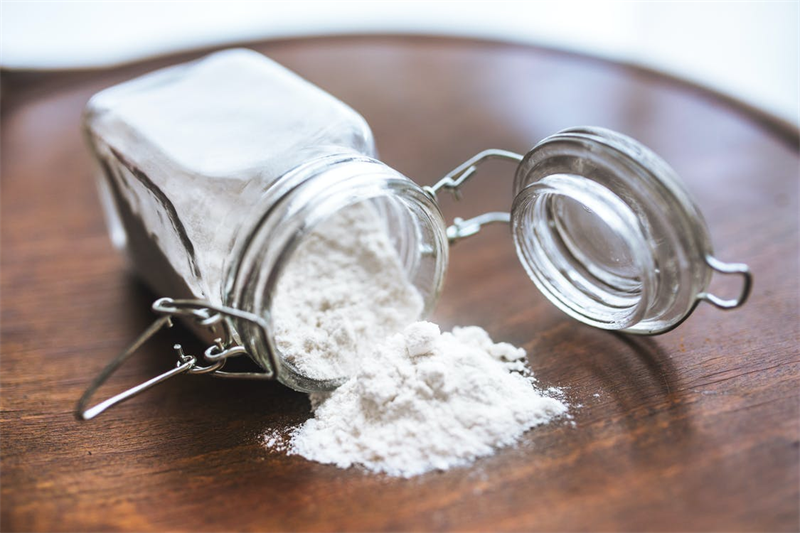With the natural, green, healthy and safe cosmetics with plant extracts attracting more and more attention, the development of active substances from plant resources and the development of pure natural cosmetics have become one of the most active themes in the development of the cosmetics industry. To re-develop plant resources is not simply to restore history, but to uphold Chinese traditional culture, integrate traditional theories of traditional Chinese medicine, and use modern biochemical technology to develop new types of plant-derived cosmetics, in order to develop scientific and safe natural cosmetics. Chemical products provide green raw materials. In addition, plant extracts are widely used in medicine, food supplements, functional foods, beverages, cosmetics and other fields.
Plant Extracts (PE) refers to plants with biological small molecules and macromolecules as the main body formed for the purpose of separating and purifying one or more active ingredients in plant raw materials by physical, chemical and biological means. Cosmetics formulated with plant extracts as active ingredients have many advantages compared with traditional cosmetics: it overcomes the shortcomings of traditional cosmetics that rely on chemical synthetics, making the product safer; natural components are more easily absorbed by the skin, making the product more effective and the effect is more significant; the function is more prominent, etc.
Selecting the right plant extract and adding the right amount of plant extract to cosmetic products can maximize its effect. The main functions of plant extracts in cosmetics are: moisturizing, anti-aging, freckle removal, sun protection, antiseptic, etc., and plant extracts are green and safe.
Moisturizing effect
The moisturizing properties in cosmetics are mainly carried out in two ways: one is achieved by the water-locking effect of forming hydrogen bonds between the moisturizing agent and water molecules; the other is that the oil forms a closed film on the skin surface.
The so-called moisturizing cosmetics are cosmetics that contain moisturizing ingredients to maintain the moisture content of the stratum corneum to restore the luster and elasticity of the skin. Moisturizing cosmetics are mainly divided into two types according to their characteristics: one is to use water-retaining substances that can be strongly combined with moisture on the surface of the skin to moisturise the stratum corneum, called moisturizing agents, such as glycerin; the other is a substance that is insoluble in water, A layer of lubricating film is formed on the surface of the skin, which acts as a seal to prevent water loss, so that the stratum corneum maintains a certain amount of moisture, called emollients or conditioners, such as petrolatum, oils, and waxes.
There are quite a few plants in the plant that have the effect of hydrating and moisturizing, such as aloe vera, seaweed, olive, chamomile, etc., all have a good moisturizing effect.
Anti-aging effect
With the increase of age, the skin begins to show an aging state, which mainly includes the reduction of collagen, elastin, mucopolysaccharide and other contents in the skin to varying degrees, the blood vessels supplying skin nutrition atrophy, the elasticity of the blood vessel wall decreases, and the skin epidermis gradually thins. Bulging, subcutaneous fat reduction, and the appearance of wrinkles, chloasma and age spots.
At present, previous studies on the causes of human aging have summarized the following aspects:
One is the increase and aging of free radicals. Free radicals are atoms or molecules with unpaired electrons generated by the homolysis of covalent bonds. They have a high degree of chemical activity and have undergone peroxidation with unsaturated lipids. Lipid peroxide (LPO), and its final product, malondialdehyde (MDA), can react with most substances in living cells, resulting in reduced biofilm permeability, damage to DNA molecules, and cell death or mutation .
Second, the UVB and UVA rays in sunlight can cause skin photoaging. Ultraviolet radiation mainly causes skin aging through the following mechanisms: 1) damage to DNA; 2) cross-linking of collagen; 3) reduction of immune response by inducing an inhibitory pathway of antigen-stimulated response; 4) generation of highly reactive free radicals interacting with various intracellular structures 5. Directly inhibit the function of epidermal Langerhans cells, causing photoimmunosuppression and weakening the immune function of the skin. In addition, non-enzymatic glycosylation, metabolic disorders, and matrix metalloproteinase aging will also affect skin aging.
Plant extracts as natural elastase inhibitors have been a hot research topic in recent years, such as Scutellaria baicalensis, Burnet, Morinda citrifolia seeds, Moringa, Shuihe, Forsythia, Salvia, Angelica and so on. The results of the study show that: Salvia miltiorrhiza extract (ESM) can stimulate the expression of filaggrin in normal human keratinocytes and AmoRe Skin, which in turn can enhance the activity of epidermal differentiation and hydration, and play a role in resisting aging and moisturizing; from edible plants Extract effective anti-free radical DPPH, and apply it to suitable cosmetic products, with good results; Polygonum cuspidatum extract has a certain inhibitory effect on elastase, thereby anti-aging and anti-wrinkle.
Freckle
The skin color difference of the human body usually depends on the content and distribution of epidermal melanin, the blood circulation of the dermis, and the thickness of the stratum corneum. The darkening of the skin or the formation of dark spots is mainly affected by the accumulation of a large amount of melanin, skin oxidation, keratinocyte deposition, poor skin microcirculation, and accumulation of toxins in the body.
Nowadays, the effect of freckle removal is mainly achieved by affecting the formation and proliferation of melanin. One is tyrosinase inhibitor. In the conversion from tyrosine to dopa and dopa to dopaquinone, both are catalyzed by tyrosinase, which directly controls the initiation and speed of melanin synthesis, and determines whether the subsequent steps are can go on.
When various factors act on tyrosinase to increase its activity, melanin synthesis increases, and when tyrosinase activity is inhibited, melanin synthesis decreases. Studies have shown that arbutin can inhibit the activity of tyrosinase in a concentration range without melanocyte toxicity, block the synthesis of dopa, and thus inhibit the production of melanin. Researchers studied the chemical constituents in black tiger rhizomes and their whitening effects, while evaluating skin irritation.
The research results show that: among the 17 isolated compounds (HLH-1~17), HLH-3 can inhibit the formation of melanin, so as to achieve the effect of whitening, and the extract has very low irritation to the skin. Ren Hongrong et al. have proved through experiments that the perfume lotus alcohol extract has a significant inhibitory effect on the formation of melanin. As a new type of plant-derived whitening agent, it can be mixed into a suitable cream and can be made into skin care, anti-aging and freckle removal. Functional Cosmetics.
There is also a melanocyte cytotoxic agent, such as endothelin antagonists found in plant extracts, which can competitively inhibit the binding of endothelin to melanocyte membrane receptors, inhibit the differentiation and proliferation of melanocytes, so as to inhibit the Ultraviolet radiation induces the purpose of melanin production. Through cell experiments, Frédéric Bonté et al. showed that the new Brassocattleya orchid extract can effectively inhibit the proliferation of melanocytes. Adding it to suitable cosmetic formulations has obvious effects on skin whitening and brightening. Zhang Mu et al. extracted and studied Chinese herbal extracts such as Scutellaria baicalensis, Polygonum cuspidatum and Burnet, and the results showed that their extracts could inhibit cell proliferation to varying degrees, significantly inhibit the activity of intracellular tyrosinase, and significantly reduce intracellular melanin content, so as to achieve the effect of freckle whitening.
sun protection
Generally speaking, sunscreens commonly used in sunscreen cosmetics are divided into two categories: one is UV absorbers, which are organic compounds, such as ketones; the other is UV shielding agents, that is, physical sunscreens, such as TiO2, ZnO. But these two types of sunscreens can cause skin irritation, skin allergies, and clogged skin pores. However, many natural plants have a good absorption effect on ultraviolet rays, and indirectly strengthen the sunscreen performance of products by reducing the radiation damage caused by ultraviolet rays to the skin.
In addition, the sunscreen ingredients in plant extracts have the advantages of less skin irritation, photochemical stability, safety and reliability compared with traditional chemical and physical sunscreens. Zheng Hongyan et al. selected three natural plant extracts, cortex, resveratrol and arbutin, and studied the safety and UVB and UVA protection effects of their compound sunscreen cosmetics through human trials. The research results show that: some natural plant extracts show good UV protection effect. Direction and others used tartary buckwheat flavonoids as raw materials to study the sunscreen properties of flavonoids. The study found that the application of flavonoids to actual emulsions and compounding with physical and chemical sunscreens provided a theoretical basis for the application of plant sunscreens in cosmetics in the future.
Contact Us for enquiry:
Phone No: +86 28 62019780 (sales)
Email:
Address: YA AN agricultural HI-tech Ecological park, Ya’an City, Sichuan China 625000
Post time: Jul-12-2022

